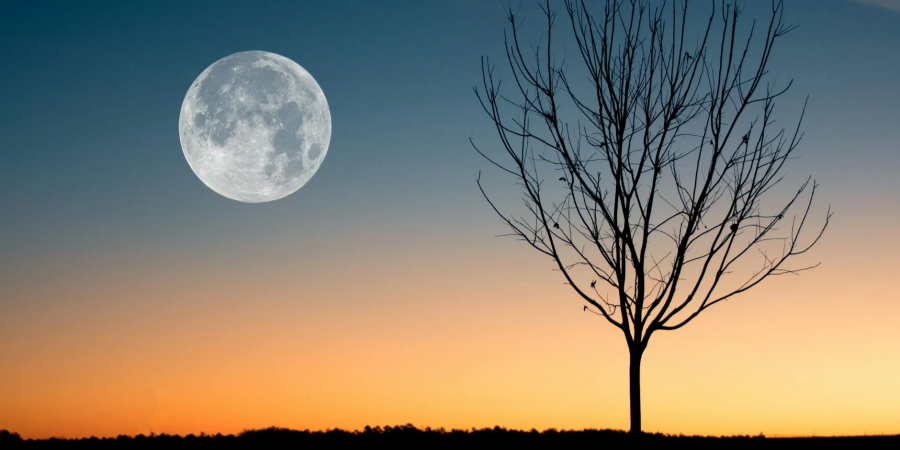


For thousands of years, the Moon has captivated people as a celestial lighthouse and the focus of numerous folktales, fables, and scientific investigations. These fascinating details highlight the special qualities and importance of our star companion.
1. The Origin of the Moon:
The Giant Impact Hypothesis is the accepted explanation for how the Moon formed. It implies that the early Earth and Theia, a planet the size of Mars, collided around 4.5 billion years ago. The Moon was subsequently formed by the collision's leftover debris. The similarities between the compositions of the Earth and the Moon can be explained by this theory.
2. Myth of the Dark Side:
Despite what many people think, the Moon does not always have a dark side. Day and night are experienced by both sides of the moon. But because of synchronous rotation—a phenomenon in which the Moon's orbital cycle coincides with its rotating period—the same side of the Moon always faces Earth.
3. Dramatic Variations in Temperature:
The Moon's temperature fluctuates greatly. Temperatures can reach as high as 127°C (260°F) during the lunar day and as low as -173°C (-280°F) at night. The absence of atmosphere on the Moon, which on Earth tends to moderate temperatures, is the cause of these extremes.
4. Moonquakes:
The Moon suffers seismic activity, or moonquakes, much like Earth does. These earthquakes can be triggered by a number of things, including as thermal expansion, impacts from meteorites, and tidal forces from Earth's gravitational pull. They are far smaller than earthquakes. Water on the Moon
5. Water is present on the Moon:
As confirmed by recent missions; it is mostly present as ice in the poles. This finding could have a big impact on lunar exploration in the future because water can be used for spaceship fuel, drinking, and oxygen synthesis.
6. A Moment in Time:
The Moon acts as the solar system's historical repository. Craters and lava plains are examples of geological phenomena that essentially hold still without the presence of an atmosphere to erode their surface. Investigating these characteristics offers important new perspectives on the early solar system history.
7. Moon Shadows:
When the Earth passes in front of the Sun and the Moon, a lunar eclipse happens, shadowing the Moon. The eclipse can be total, partial, or penumbral, depending on the alignment. Because of its frequent crimson appearance during a total lunar eclipse, the Moon is also known as the “Blood Moon.”
8. The Impact of the Moon on Earth:
The axial tilt of Earth is stabilized by the Moon, and thus contributes to the preservation of a comparatively steady climate. Furthermore, tides are a result of the Moon's gravitational pull and have impacted human activity and marine life for thousands of years.
9. Exploration by Humans:
The only celestial body outside of Earth where people have traveled is the Moon. Twelve astronauts from NASA walked on the moon during the Apollo missions, which took place between 1969 and 1972. They carried out experiments, gathered samples, and left behind scientific equipment.
The Moon is still a source of fascination and a goal for upcoming research. Our knowledge of this mysterious satellite is set to expand with the launch of new missions by NASA's Artemis program and other international space organizations, which should lead to even more fascinating findings.
